New COVID-19 virus emerging from Wuhan's agricultural lab in China?
By Lokmat English Desk | Published: April 10, 2021 06:20 PM2021-04-10T18:20:02+5:302021-04-10T18:20:02+5:30

COVID-19 has wrecked havoc across the globe with many countries facing the wrath of the deadly virus.
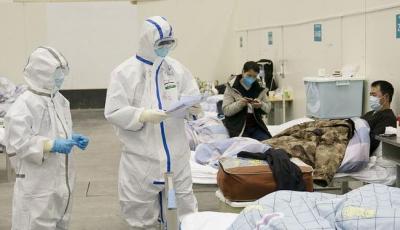
Actually, a team of researchers has claimed that many types of new and more dangerous corona viruses still exist in Wuhan, China. Scientists have made this claim based on genetic data of rice and cotton from agricultural laboratories in Wuhan and other cities of China.
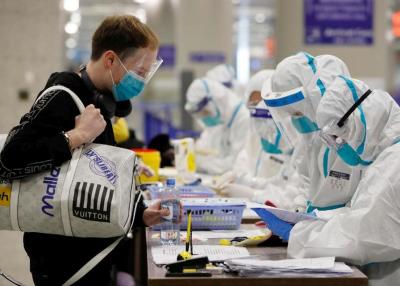
If the claim of scientists is true, then the world is in for more trouble from China. These viruses can prove to be more dangerous because agricultural laboratories do not have strong security systems like medical research centres or virology labs.
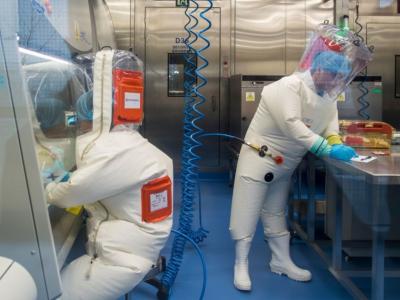
This research has been published in a preprint server named ArXiv. Scientists said that there are many dangerous viruses that harm humans in agricultural labs in Wuhan and other cities of China.
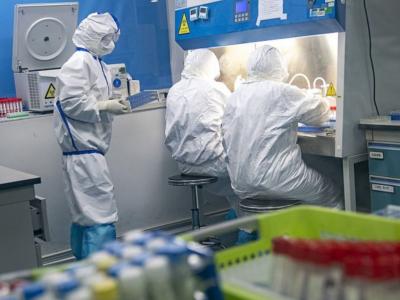
If it is not controlled safely, then the world is in for a bigger problem. This report published on ArXiv may not be recognised by any academic journal or any expert. But this research is definitely shocking.
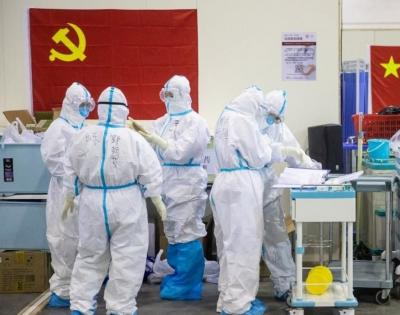
Scientists have taken data from 2017 to 2020 of genetic sequence of rice and cotton present in agricultural laboratories. This data is full of new viruses, which belong to MERS and SARS.

Surprisingly, all these genetic data were extracted at the Wuhan Institute of Virology (Wuhan Institute of Virology). The world still suspects that the coronavirus epidemic spread by mistake from this lab.

However, the Chinese government has been continuously denying it. Scientists around the world however doubt this lab.

Earlier, former director of the US Centers for Disease Control and Prevention believes the coronavirus escaped from a laboratory in China, he said in an interview last week.

Robert Redfield, who served in the top public health role under former president Donald Trump, told CNN: "If I was to guess, this virus started transmitting somewhere in September, October, in Wuhan, China." Stressing he was offering "only an opinion," he added: "I am of the point of view that I still think the most likely etiology of this pathogen in Wuhan was from a laboratory, escaped." "Other people don't believe that. That's fine -- science will eventually figure it out. It's not unusual for respiratory pathogens that are being worked on in a laboratory to infect a laboratory worker." The central Chinese city is home to the Wuhan Institute of Virology, which has experimented extensively with bat coronaviruses."That's not implying any intentionality, it's my opinion. But I am a virologist, I have spent my life in virology," Redfield added. "I do not believe this somehow came from a bat to a human and, at that moment in time, the virus that came to the human became one of the most infectious viruses that we know in humanity for human-to-human transmission."Normally when a pathogen goes from a zoonotic to human, it takes a while for it to figure out how to become more and more efficient in human-to-human transmission. I just don't think this makes biological sense."























